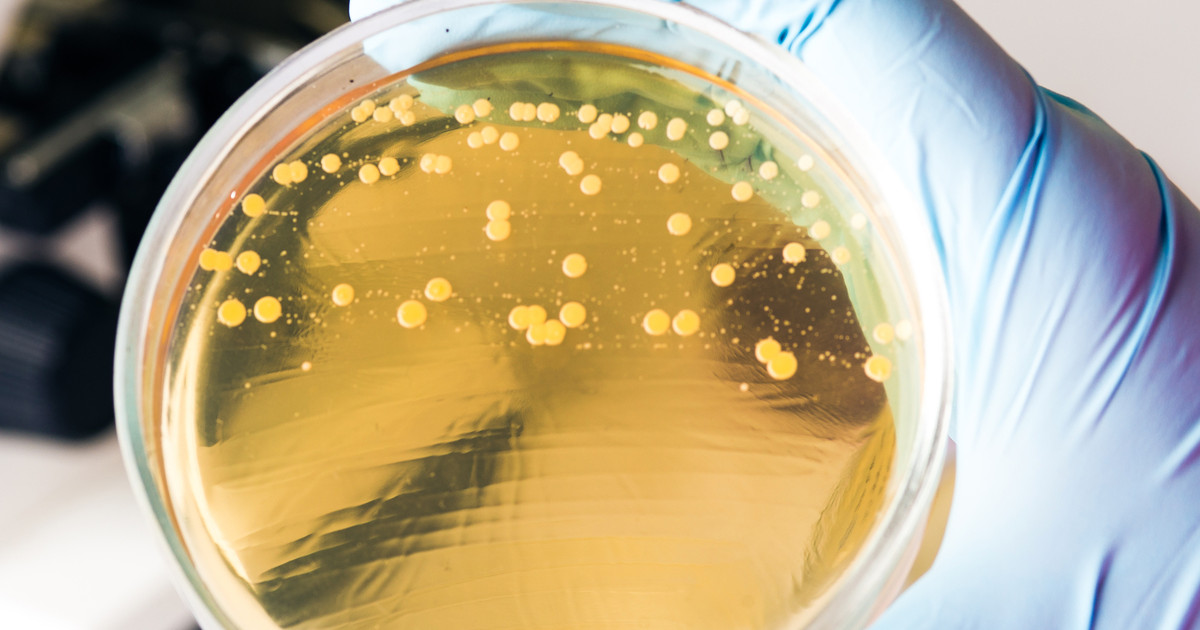What Is Rifampicin?
Rifampicin seems to be a serious antibiotic. As always, it should help with bacterial infections. It may be offered as a tablet or intravenously. One condition that this drug may help is tuberculosis. Patients with the active form of this condition may need a daily ten milligrams for every kilogram they weigh. They seem to be able to take up to a maximum of six hundred milligrams daily. Patients may need this treatment for six months. During this time, they may have to inform their doctor of severe, persistent, or otherwise bothersome side effects.
Clearly, this medicine should act as a tuberculosis treatment. However, patients may also need other medications for tuberculosis. This seems to include alternative antibiotics for tuberculosis. Patients seem to benefit from this medication as a leprosy treatment as well. Endocarditis treatment may appear as well. Of course, they may need to review how this drug should work first.
How It Should Work
Rifampicin, as an antibiotic, should act as an antimycobacterial medicine. It also seems to be an antitubercular agent. This medication should fight bacterial infections. It may do so by stopping bacteria's completion of RNA synthesis. This medication appears to bind to a part of DNA-dependent RNA polymerase. This part seems to be called the beta subunit. This antibiotic should stop RNA transcription. It appears that the liver absorbs it and that the body may excrete it through stool.
This medication may reach peak concentration in two to four hours. Healthy individuals appear to make it have a half-life of about three to four hours. However, liver issues may extend this. End-stage kidney disease seems to bring the half-life up to about eleven hours.
Continue reading to reveal the possible uses next.
Possible Uses
Rifampicin seems to treat tuberculosis. However, patients may need to take it alongside other medications. Some patients appear to take it as a prevention method. This drug may prevent meningitis in certain individuals as well. Specifically, it may help those with Neisseria meningitidis bacteria in their throat or nose. This medication seems to help stop patients from spreading the bacteria to others. However, it does not appear to be appropriate to treat the symptoms of meningitis. Other possible uses may include leprosy, joint infections, and bacteremia.
This medication may help treat some nervous system infections as well. Two examples appear to be brain abscesses and encephalitis. Sometimes, doctors seem to prescribe this drug 'off-label' for itching when it results from liver disease. Of course, there may be many more possible uses for this medication.
Uncover the potential side effects next.

